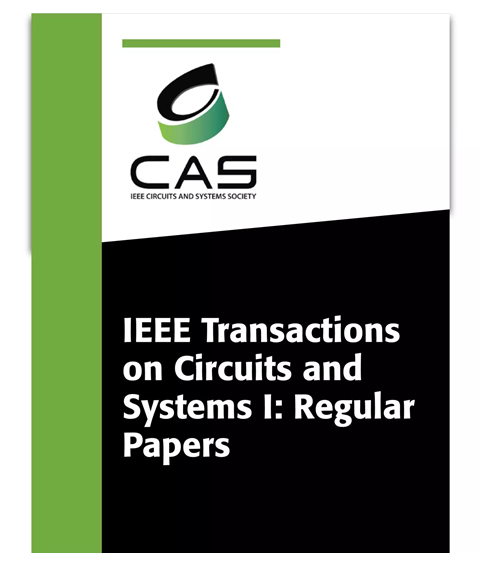在 180 纳米工艺中采用对称互补开关和分路无源基准分段技术的 8-MS/s 16 位 SAR ADC
IF 5.2
1区 工程技术
Q1 ENGINEERING, ELECTRICAL & ELECTRONIC
IEEE Transactions on Circuits and Systems I: Regular Papers
Pub Date : 2024-08-13
DOI:10.1109/TCSI.2024.3430378
引用次数: 0
摘要
本文介绍了一种高效的 8-MS/s 16 位逐次逼近寄存器 (SAR) 模数转换器 (ADC),它采用了拟议的对称互补开关 (SCS) 和分离式无源参考分割 (SPRS)。传统上,由于高精度要求和顺序位循环,提高 SAR ADC 速度会降低信噪比和能效。在本设计中,所提出的 SCS 方案降低了采样路径中的寄生电容和电容式数模转换器 (CDAC) 的沉降误差,同时具有较低的 SNDR 和硬件惩罚。此外,为减少基准纹波,有源基准缓冲器通常消耗较高功率,而无源方法可能会降低 SNDR 或占用较大面积。为了有效减少基准沉降误差,我们开发了一种面积效率高的 SPRS,通过分割基准分段来抑制基准沉降误差。原型芯片采用 180 纳米 CMOS 工艺制造,占地面积为 0.57 平方毫米。测量结果表明,该 ADC 在 8 MS/s 速率下的峰值 SNDR 为 89.2 dB,功耗为 9.5 mW。施莱尔优点系数 (FoM) 为 175.4 dB。本文章由计算机程序翻译,如有差异,请以英文原文为准。
An 8-MS/s 16-bit SAR ADC With Symmetric Complementary Switching and Split Passive Reference Segmentation in 180-nm Process
This paper presents an efficient 8-MS/s 16-bit successive approximation register (SAR) analog-to-digital converter (ADC) with the proposed symmetric complementary switching (SCS) and split passive reference segmentation (SPRS). Conventionally, improving the SAR ADC speed compromises the signal-to-noise-and-distortion ratio (SNDR) and energy efficiency due to the high precision requirement and the sequential bit-cycling. In this design, the proposed SCS scheme reduces the parasitic capacitance in the sampling path and the settling error of the capacitive digital-to-analog converter (CDAC) with low SNDR and hardware penalties. In addition, to reduce reference ripples, active reference buffers generally consume high power while the passive methods may degrade the SNDR or occupy large areas. To efficiently reduce reference settling errors, an area-efficient SPRS is developed, which suppresses the reference settling error through the split reference segmentation. The prototype chip is fabricated in a 180-nm CMOS process and occupies an area of 0.57 mm2. Measurements show the ADC achieves a peak SNDR of 89.2 dB at 8 MS/s with a 9.5-mW power consumption. The Schreier-figure-of-merit (FoM) is 175.4 dB.
求助全文
通过发布文献求助,成功后即可免费获取论文全文。
去求助
来源期刊
CiteScore
9.80
自引率
11.80%
发文量
441
审稿时长
2 months
期刊介绍:
TCAS I publishes regular papers in the field specified by the theory, analysis, design, and practical implementations of circuits, and the application of circuit techniques to systems and to signal processing. Included is the whole spectrum from basic scientific theory to industrial applications. The field of interest covered includes: - Circuits: Analog, Digital and Mixed Signal Circuits and Systems - Nonlinear Circuits and Systems, Integrated Sensors, MEMS and Systems on Chip, Nanoscale Circuits and Systems, Optoelectronic - Circuits and Systems, Power Electronics and Systems - Software for Analog-and-Logic Circuits and Systems - Control aspects of Circuits and Systems.

 求助内容:
求助内容: 应助结果提醒方式:
应助结果提醒方式:


